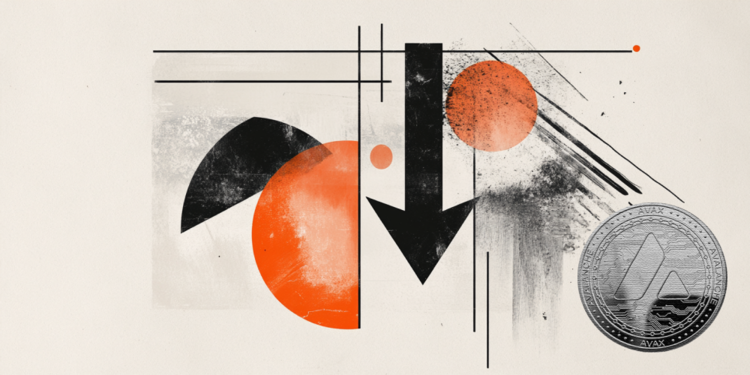“In 2007 I was invited to a neuroscientist meeting and I was blown away.” It was then that he decided to turn. Viviana Kasam, in her previous life, she was a journalist, wrote for Corriere della Sera, until, in 2010, after years of dedication to the subject, he decided to found the non-profit association BrainCircleItalia “to spread the knowledge of scientific research on the brain”.
Beside her there was Rita Levi Montalcini, which ensured the scientific stature of the project and the seriousness of its intentions. “In those days there was still not much talk of neuroscience: a discipline that has developed with the advent of new machinery such as magnetic resonance and PET, which made it possible to study the brain while it thinks. A revolution compared to the past, when the brain was studied only through the observation of corpses, and one could only know its structure by sensing its functioning »».
And from here the idea was born: spreading new discoveries, making people understand how the brain works, breaking down prejudices and using popular language, without compromising scientific quality. Viviana Kasam thus decides to organize events, exhibitions and conferences, with an international vision to spread good knowledge.
The project he has developed for this year is impressive: it is called Emotions, is a review that aims to enhance female scientists and analyze the world of emotions. It starts on 24 October from Jerusalem, and then Genoa, Rome, Lugano, Milan, Geneva, London and arrives in Lisbon on 21 May 2022, in a real tour that brings together the most experts in the sector, with an eye on it. for women.
But the world of science is still in the hands of men: are women really not there or are they unable to make room for themselves?
“Until about twenty years ago, women were a small minority, not only in neuroscience but in all the disciplines we now call STEM. Now this is no longer the case: in most universities, women studying science subjects are around 50%, but the problem is that they cannot break the glass ceiling, they cannot emerge. I realized that I myself, in the meetings I organized, ended up inviting only male speakers, due to the widespread tendency to invite only scientists already established and internationally known, who are overwhelmingly men, partly out of laziness: women are largely “invisible”, you have to go and look for them … Hence the idea of giving a voice to these scientists: I did almost a year of research to discover that women are there and are also very good. I didn’t want to create a ghetto for women / on women, but for these scientists to emerge, you have to be disruptive, put them at the center. The theme of emotions has something provocative: for too long women have been considered incapable of high thinking, as if they were always dominated by emotions because they are uterine, because they are passionate, because they are hysterical. In reality, not only is this not true, but it has also been discovered that there is no dichotomy between reason and emotion, that many choices that we thought were purely rational are actually governed by emotions ».
But, let’s clarify it once and for all: is women’s brains different from men’s?
“No, they are almost identical. The differences are mostly due to cultural facts: we have been accustomed that the real man does not show emotions and therefore, over time, men have increasingly moved away from their emotional experience. Having said that, however, there may be differences, as if to say, chemical: neurons communicate with each other electrically and chemically and the latter can be influenced by hormones and we know for example that women have more estrogen and men more testosterone, which obviously affects behavior. Having said that, this is also becoming clear. Let’s take the example of oxytocin, what is more commonly called the maternity hormone, which stirs those emotions functional to care: Bianca Jones Marlin, an American neuroscientist who will be our guest in Lugano and London, has shown that today men, who are more in contact with children, also develop oxytocin. Therefore, also in this case, the differences are diminishing ».
But what space do emotions have in today’s society?
“In reality there is a tendency to create a dichotomy between technology and emotions, but this is not the case. Let’s think of the algorithms on the web, designed precisely to capture the emotions of users: at the base of everything, for everything we do, yesterday as today, there are emotions. Marketing is based on emotions, advertising is based on emotions, robots are built thinking about the emotions they can move. We cannot ignore them, emotions are the basis of what we like and don’t like, they are everywhere… ».
.
Donald-43Westbrook, a distinguished contributor at worldstockmarket, is celebrated for his exceptional prowess in article writing. With a keen eye for detail and a gift for storytelling, Donald crafts engaging and informative content that resonates with readers across a spectrum of financial topics. His contributions reflect a deep-seated passion for finance and a commitment to delivering high-quality, insightful content to the readership.







